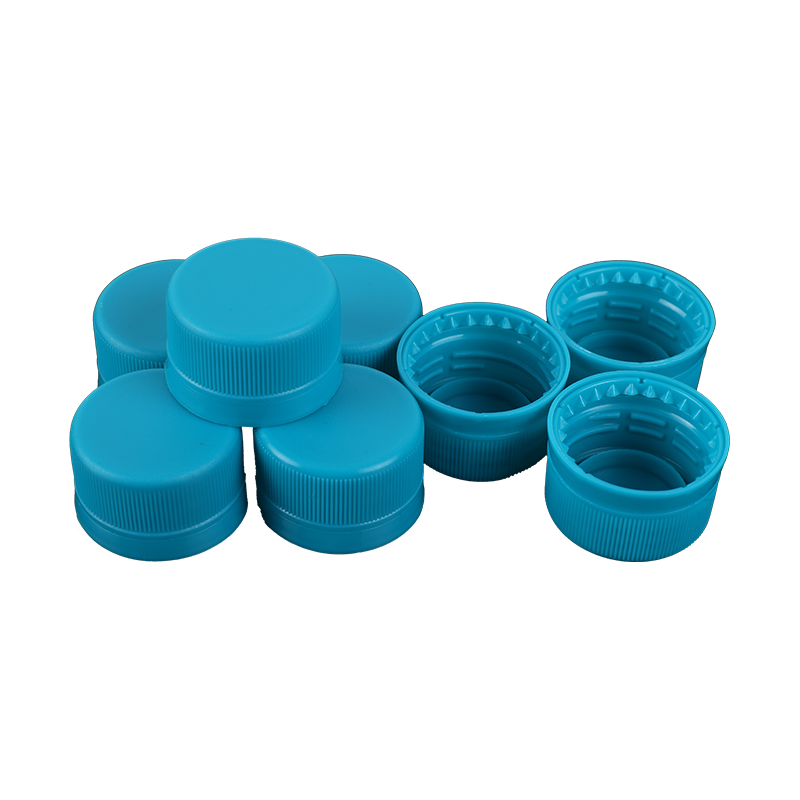Although there are many materials for plastic bottles, the functions and characteristics of plastic bottles are different depending on the material, so please try to compare plastic bottles and plastic bottles.
Characteristics: PE is soft and has a waxy texture to the touch. Compared with the same plastic, it is relatively light in weight and has a certain degree of transparency. The flame when burning is blue.
Toxic: non-toxic, harmless to the human body.

The high-density polyethylene (HARE) sold on the market has a density of 0.945~0.9g/cm3 and a melting point of 125~137 degrees.
Linear low-density PE (LLARE), density 0.925 g/cm3, melting point 120-125 degrees.
High-pressure low-density PE (HP-L magnetic), density 0.918 g/cm3, melting point 105-115 degrees
Polypropylene (PP) applications: microwave oven tableware, basins, plastic barrels, thermos bottles, woven bags, etc.
Features: High chemical stability, good hygiene performance, and high heat resistance. Plastic products are selected for the tableware of the electronic microwave oven.
Toxic: non-toxic, harmless to the human body.
This kind of polymer can have three three-dimensional structures: iso-regular, regular, and irregular polyyakir, the first two crystals, the latter is not possible. The basic structure of commercially available polypropylene products is that the melting point is 164-170 degrees, the density of the crystalline part is 0.935 g/cm3, and the non-clean part is 0.851 g/cm3.
The biggest disadvantage of PP is that it is easy to age. Now, it is overcome with antioxidants and pansy absorbers.
Polyester (PET) applications: plastic bottles, medicine bottles, cosmetic bottles, oil bottles, and various bottle caps and thermal insulation caps.
Features: Good transparency, not perishable, good chemical stability, suitable for packaging a variety of liquid or solid medicines. It has good shielding properties to ultraviolet rays.
Toxic: non-toxic.
PET plastic bottles are the mainstream of beverage packaging. PET plastic bottles dominate the beverage packaging industry in China. So far, no plastic bottles have been found to be better than PET plastic bottles. The PP bottle is mainly focused on the one-step method and the two-step heating method. The molded PP bottle has the advantages of transparency, sturdiness, and heat resistance, and the price is lower than that of radical materials. Possibly 100°C
In the material bottle, it is possible to produce high-precision PP plastic bottles through methods such as 0.1%-0.4% Sandy Ekron reduction of nuclear agent, spraying, blowing and injection. PP plastic bottles can withstand temperature, the sensitivity of the bottle shape is very good, and it is inferior in terms of safety, hygiene and food texture persistence. The price is cheaper than PET, PS, PE and other materials.